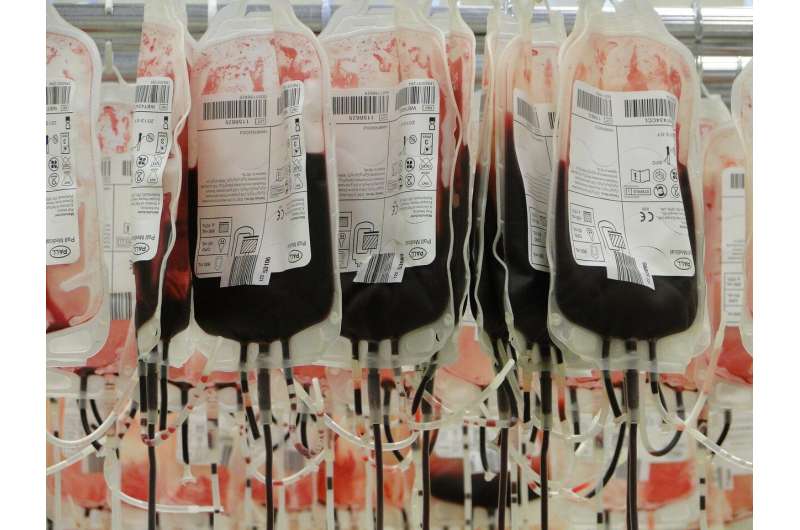
The optimal timeframe for donating convalescent plasma for use in COVID-19 immunotherapy, which was given emergency use authorization by the Food and Drug Administration in August 2020, is within 60 days of the onset of symptoms, according to a new Penn State-led study. The research also reveals that the ideal convalescent plasma donor is a recovered COVID-19 patient who is older than 30 and whose illness had been severe.
“Millions of individuals worldwide have recovered from COVID-19 and may be eligible for participation in convalescent plasma donor programs,” said Vivek Kapur, professor of microbiology and infectious diseases, Penn State. “Our findings enable identification of the most promising donors and suggest that these people should donate quickly before their antibodies begin to wane.”
To investigate the duration of the immune response to SARS-CoV-2, generic premarin australia no prescription the team examined the titers of IgM, IgG and virus neutralizing (VN) antibodies in a cohort of 175 convalescent plasma donors for 142 days after the patients’ symptoms began.
“IgMs are the first group of antibodies to appear upon infection,” explained Sreenidhi Srinivasan, postdoctoral scholar in the Huck Institutes of the Life Sciences, Penn State. “After about two weeks, the body switches to making IgG antibodies, which are more durable and long-lasting.”
VN antibodies are those IgM and IgG antibodies that bind directly to viruses and prevent them from infiltrating cells, added Abhinay Gontu, graduate student in pathobiology, Penn State. “The levels of these VN antibodies are, by far, the best possible metric for choosing potential donors for immunotherapy provides because they provide the most protective immunity,” he said.
Unfortunately, added Kapur, VN antibodies have been difficult to detect with current antibody tests. However, in a recent paper published in the Journal of Clinical Investigation, the team reported the results of its study showing that VN titers are correlated with certain types of IgG antibodies, and that ELISA assays, or enzyme-linked immunosorbent assays, can be used to determine the titers of these IgG antibodies faster and easier than currently used methods.
In their current study—which published on February 24 in Communications Biology, a sub-journal of Nature—the researchers used ELISA assays to determine the longevity of IgM, IgG and VN antibodies in their study participants. They found that robust IgM and IgG antibodies persisted in their study participants for at least 140 days after the onset of COVID-19 symptoms; yet, VN antibodies declined rapidly after 60 days to below the FDA’s recommended level for convalescent plasma donation.
“Our finding that a strong immune response persists through 140 days after symptom onset in most COVID patients was unexpected and is contrary to the claims of short-lived immunity and potential re-infection of some COVID patients,” said Suresh Kuchipudi, clinical professor of veterinary and biomedical sciences, Penn State.
Kuchipudi noted that in their previous study, he and his colleagues found that nearly 40% of the donors they studied lacked the necessary VN antibodies to pass on immunity to others, likely because their window of opportunity for donation had passed.
“This is particularly important when you consider that, to date, more than 100,000 COVID-19-infected individuals in the United States have received convalescent plasma donations from recovered patients,” he said.
Source: Read Full Article
